The water was glassy calm as SCHERZO slid off her trailer into a muddy low tide in Porpoise Bay at the head of Sechelt Inlet on British Columbia’s Sunshine Coast, an 85-mile stretch of mainland northwest of Vancouver. With Howe Sound to the southeast, Desolation Sound to the northwest, Georgia Strait to the west, and the rugged Coast Range mountains to the north and east, the Sunshine Coast is essentially an island. It is bisected by Sechelt Inlet, a narrow body of water that extends 18 1⁄2 nautical miles south from Jervis Inlet to Porpoise Bay and the town of Sechelt, on the traditional and ancestral lands of the Sechelt (shíshálh) First Nation. At its widest point the inlet is just over 1 nautical mile across, more than 900′ deep, and framed by richly forested mountains rising to 4,000′ on either side. Just south of the inlet’s mouth are the Skookumchuck Narrows, and south of the narrows are the Sechelt Rapids, locally referred to as the Skookumchuck (“strong water” in the Chinook trade language) or, simply, the Chuck. Four times a day, 200-billion gallons of water pour through the Chuck reaching speeds of 17 knots, making it one of the fastest tidal rapids in the world. The rapids, 16 nautical miles to the north of us, were to be the first destination in our four-day trip. Porpoise Bay is a busy seaplane hub. We launched near one of the floats but were careful to avoid the designated take-off and landing area when we left the harbor.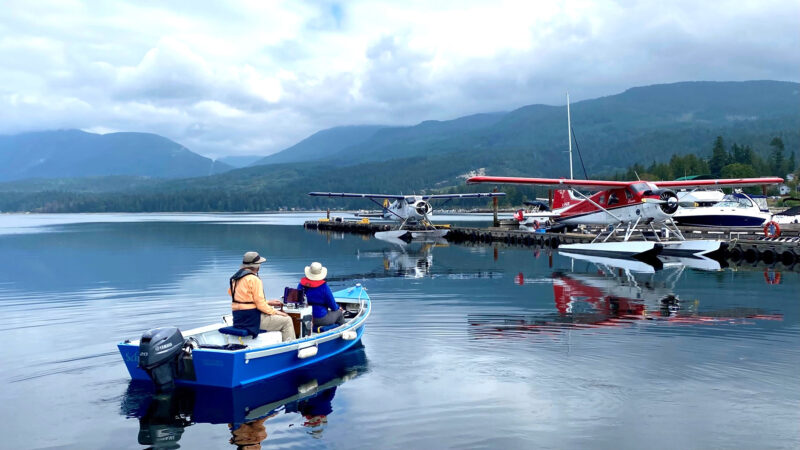 Alex Johnson
Alex Johnson
Join The Conversation
We welcome your comments about this article. To include a photo with your remarks, click Choose File below the Comment box.
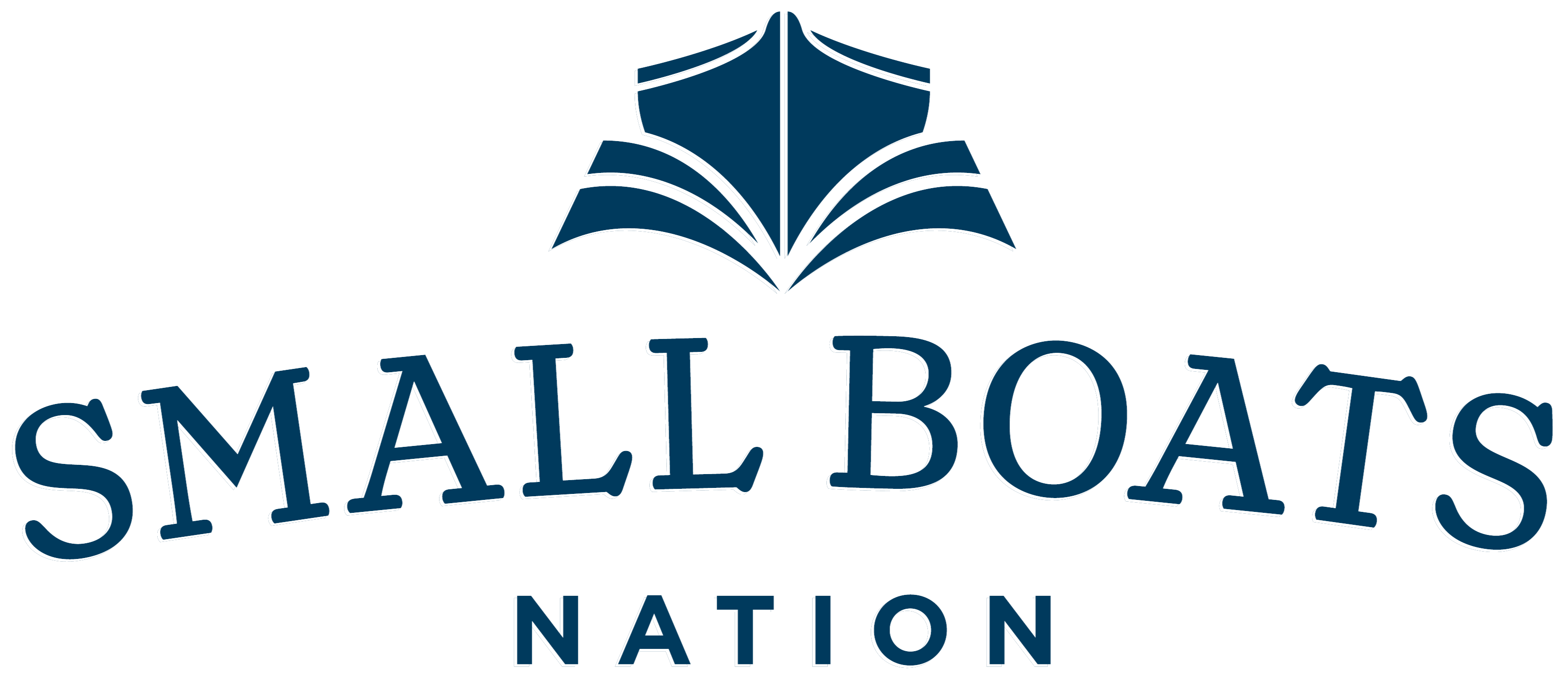

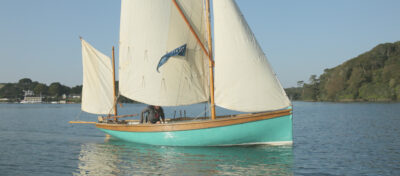

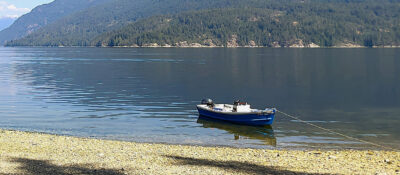
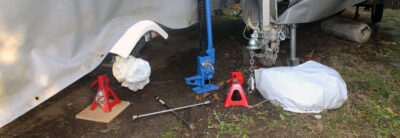
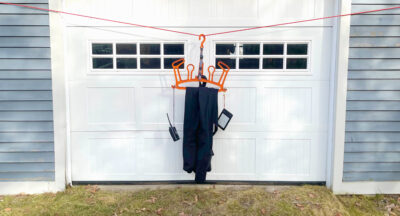
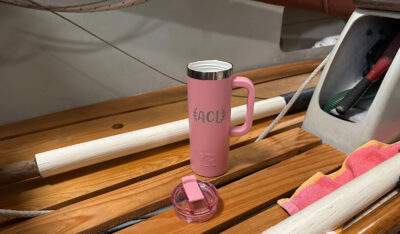
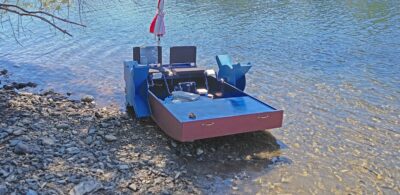
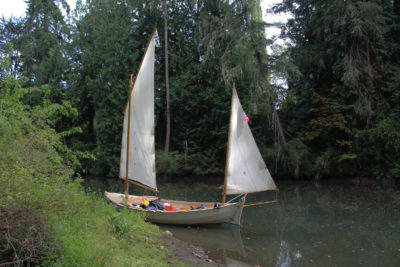
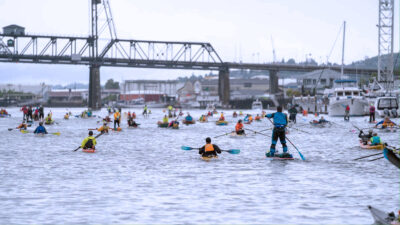


Murray, do you have a source of plans for your pacific power dory?
Thank you,
Bill
Jeff Spira (the designer ) died about 2 years ago. His website, “spirainternational.com”, was shut down.
Keep searching.
I never was in this precise area, but I lived and cruised in SE Alaska for a decade and did, eventually, bring my 31′ ketch down the Inside Passage. I thought this was a great, evocative, article (and the photos superb) about the challenges (like HUGE tidal currents) and the rewards (like wildlife and wilderness beauty) that are involved in cruising this area. Took me back and I liked it very much.
Thanks, Cedarcroft. Right out of high school (in 1970) I worked on a mission ship out of Prince Rupert. We stopped anywhere there were people between Port Simpson and Cape Scott: native villages, lighthouses, logging camps, and salmon canneries. There were a lot more folks living up there then. It really was a wonderful time for me.
Hi Bill. Email me at [email protected].
What a great adventure! So many memories of having stayed at The Back Eddy in Egmont, enroute to Malibu, the Young Life camp, up Jervis Inlet to Princess Lousia Inlet, over the past 20 years.
Dinner at the Pub is the best!!
Thanks, John. I never actually went to the Young Life camp at Malibu but I have been through the Malibu Rapids into Princess Louisa Inlet. It’s amazing! And, yes, how can we forget the Backeddy Pub. When I was up there in 2000 a couple of guys from a local shingle mill had rather overdone it in the Backeddy Pub; they smashed their boat into a rock on the way home. They were not happy campers the next morning!